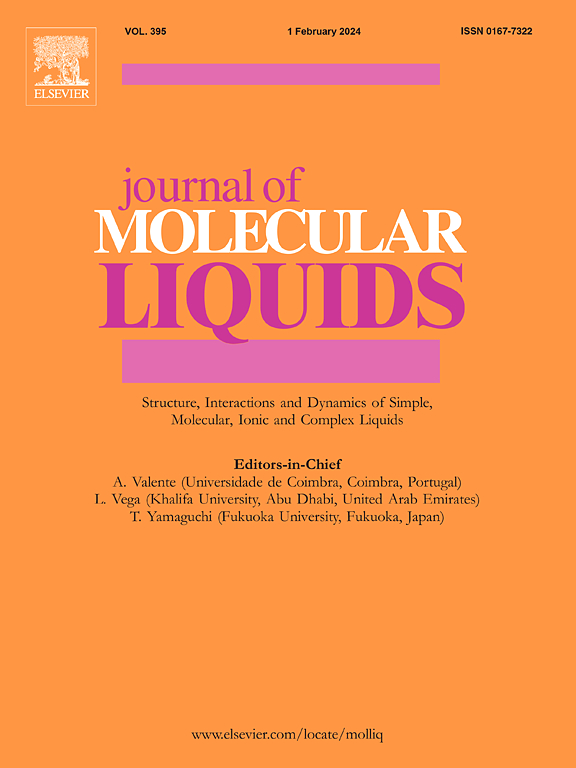Advancements in photocatalytic systems for ciprofloxacin degradation, efficiency, mechanisms, and environmental considerations
IF 5.3
2区 化学
Q2 CHEMISTRY, PHYSICAL
引用次数: 0
Abstract
In aquatic ecosystems, the presence of ciprofloxacin (CIP) causes substantial environmental and public health risks, which require advanced water treatment procedures beyond conventional methods. This review emphasizes on the recent advances in the photocatalytic degradation of CIP, exploring the efficiency and mechanisms of various photocatalysts, covering 11 categories of metal-based, carbon-based, and hybrid nanostructures. The review underlines the major importance of photocatalyst morphology, surface area, doping, and the construction of heterojunctions in improving photocatalytic activity. Moreover, it addresses the causes of CIP pollution, the environmental repercussions of CIP, and its role in antibiotic resistance. The review offers a comprehensive overview of recent papers emphasizing the potential of photocatalysis driven by ultraviolet, visible, UV–visible, and solar light irradiation. Several studies underline the relevance of immobilizing photocatalysts for large-scale water treatment applications. The review concludes by identifying the significant obstacles and future approaches for developing more effective, sustainable, and large-scale photocatalytic systems for CIP degradation in wastewater.

求助全文
约1分钟内获得全文
求助全文
来源期刊

Journal of Molecular Liquids
化学-物理:原子、分子和化学物理
CiteScore
10.30
自引率
16.70%
发文量
2597
审稿时长
78 days
期刊介绍:
The journal includes papers in the following areas:
– Simple organic liquids and mixtures
– Ionic liquids
– Surfactant solutions (including micelles and vesicles) and liquid interfaces
– Colloidal solutions and nanoparticles
– Thermotropic and lyotropic liquid crystals
– Ferrofluids
– Water, aqueous solutions and other hydrogen-bonded liquids
– Lubricants, polymer solutions and melts
– Molten metals and salts
– Phase transitions and critical phenomena in liquids and confined fluids
– Self assembly in complex liquids.– Biomolecules in solution
The emphasis is on the molecular (or microscopic) understanding of particular liquids or liquid systems, especially concerning structure, dynamics and intermolecular forces. The experimental techniques used may include:
– Conventional spectroscopy (mid-IR and far-IR, Raman, NMR, etc.)
– Non-linear optics and time resolved spectroscopy (psec, fsec, asec, ISRS, etc.)
– Light scattering (Rayleigh, Brillouin, PCS, etc.)
– Dielectric relaxation
– X-ray and neutron scattering and diffraction.
Experimental studies, computer simulations (MD or MC) and analytical theory will be considered for publication; papers just reporting experimental results that do not contribute to the understanding of the fundamentals of molecular and ionic liquids will not be accepted. Only papers of a non-routine nature and advancing the field will be considered for publication.
 求助内容:
求助内容: 应助结果提醒方式:
应助结果提醒方式:


